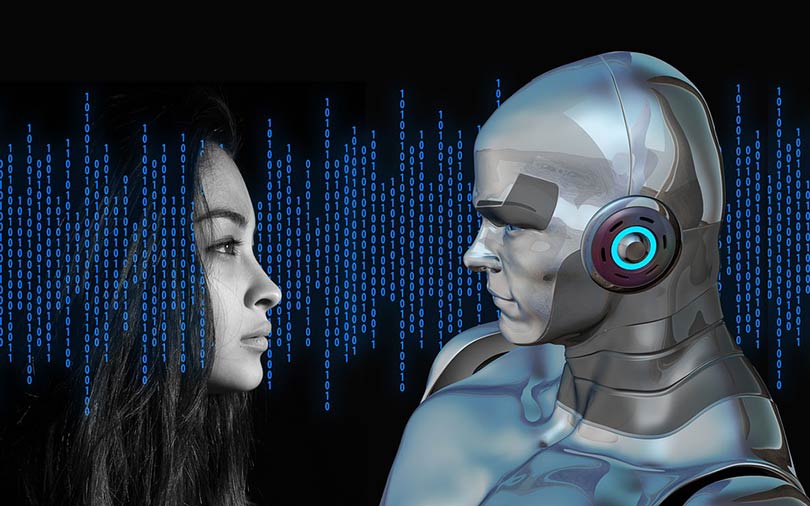
This robot learned to manipulate an object like a human being


Elon Musk-backed artificial intelligence research group OpenAI has trained a robot hand to make human-like movements through a software simulation, the company said in a blog post on Monday.
The system, called Dactyl, is trained in simulation and then transfers the skill to the real world. In this instance, researchers from OpenAI tested Dactyl on a robot hand and taught it to reposition a lettered block in its palm.
Traditionally, robots have had limited ability to manipulate objects, but with Dactyl, the researchers at OpenAI were able to test it on a physical robot, ensure it had more room to move than a typical robot arm, and designed it such that it can manipulate a variety of objects. To make Dactyl adapt better to the real world, the researchers put it through noisy simulations, the blog post said.

To train Dactyl, the researchers used a technique called domain randomisation where a robot learns via a large number of experiences instead of being run through simulations that maximise reality, the blog post stated.
Robotics is being used in various fields, including e-commerce and logistics.
Last month, a report by consulting firm PricewaterhouseCoopers found that e-commerce firms are investing more in artificial intelligence, robotics and virtual reality to reduce costs on logistics and to deal with fraudulent orders.

A report in April this year by data and analytics company GlobalData stated that investors have shown considerable interest in robotics as compared to other emerging technologies in 2017. Investments going into robotics in 2017 was pegged at $28 million as compared to $18 million for AI.
In April, Mumbai-based startup Emotix developed a new AI robot for kids called Miko, who will answer their queries and be friends with them
